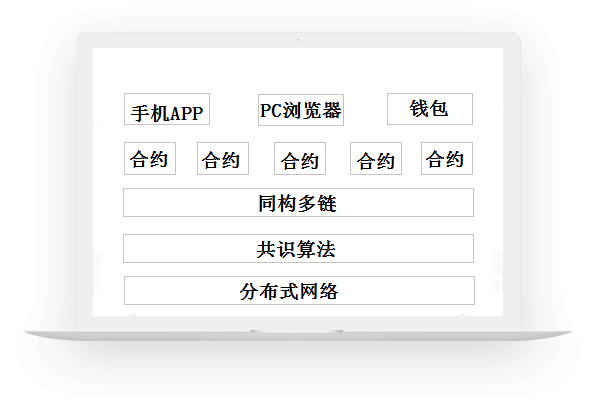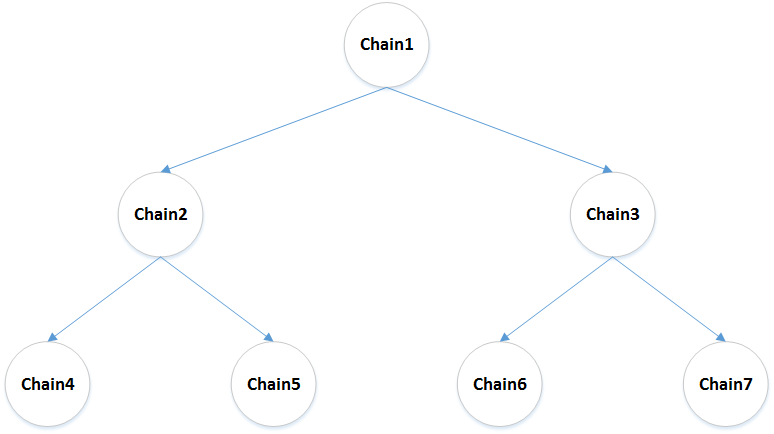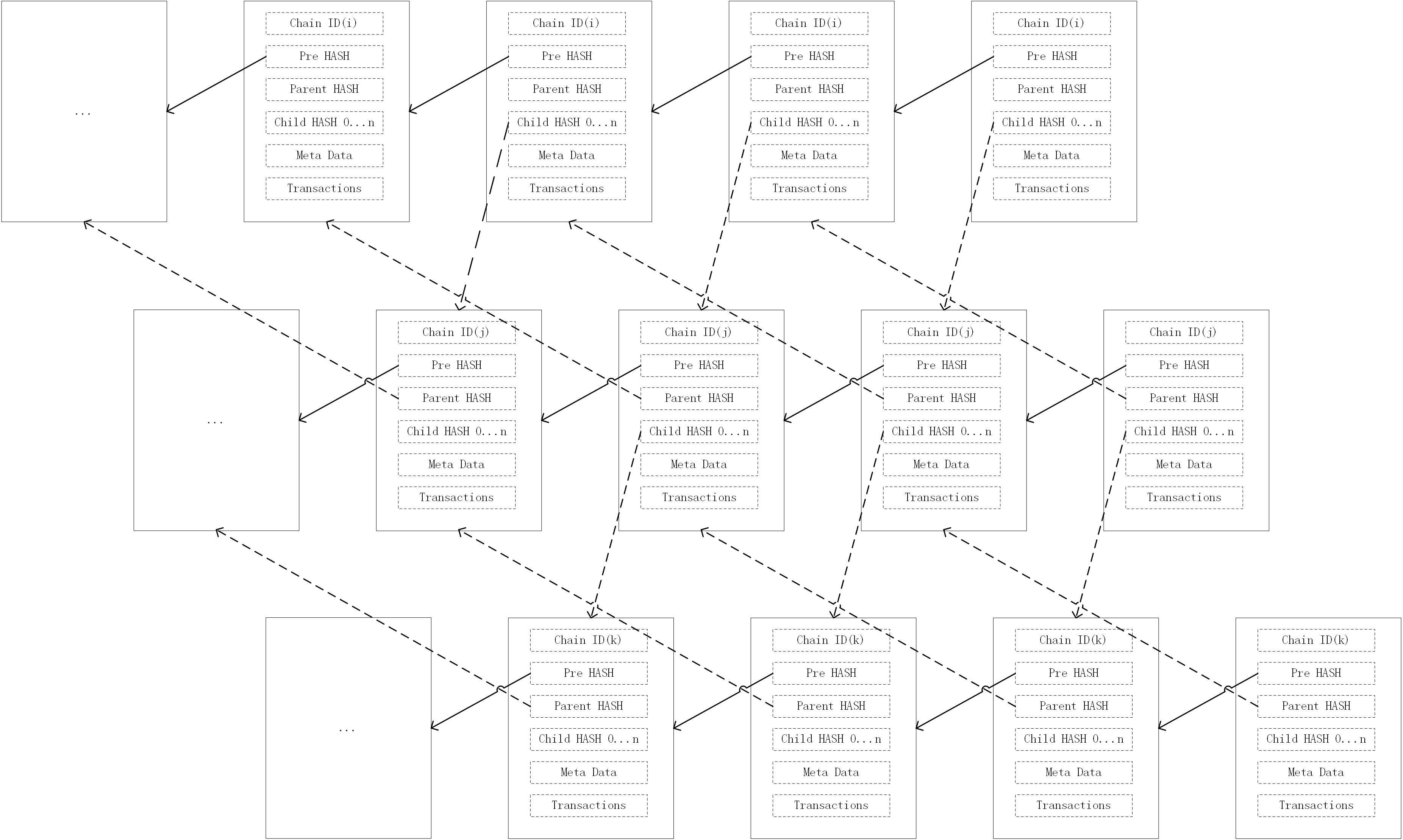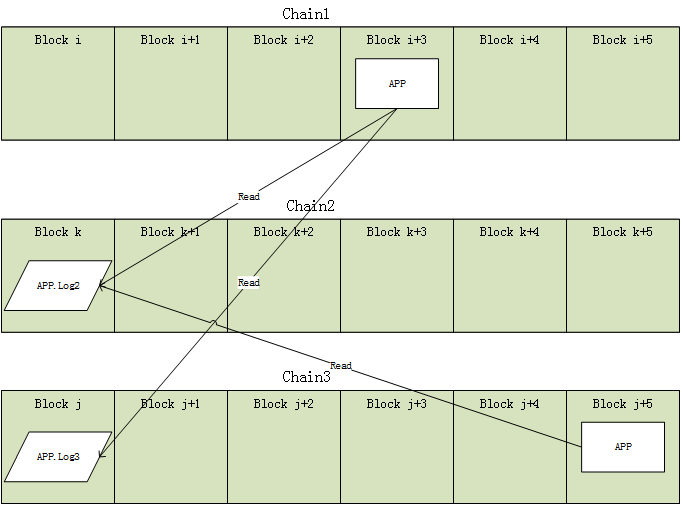Consensus Algorithm
POW+DPOS
Anyone can spend 5 coins to register as a miner
Unregistered miners have no mining rights
DPOS nodes have the right to supervise, there is no reward for generating blocks
The govm system uses a new blockchain architecture, a public BlockChain with high performance as its goal. Its theoretical TPS performance can exceed 83 * 2 ^ 64, faster than current blockchain systems.

Multi Chain parallelism is supported to avoid single node resource bottleneck.
The logical relations form a binary tree structure, and the depth of the tree can reach 64, so there can be at most 2 ^ 64 chains.
Each chain only needs to care about its parent chain and two child chains, so the chain processing is simple.


Hash locking of the front and back blocks on the single chain ensures that the data in the single chain can be traced and cannot be tampered with.
The hash lock of blocks between parent and child chains ensures the traceability and non tamperability of data between chains.
Support cross chain transfer within the system.
Allow the same smart contract to be published on different chains.
Allows smart contracts to read data from the other chain, enabling distributed processing and high performance of smart contracts

POW+DPOS
Anyone can spend 5 coins to register as a miner
Unregistered miners have no mining rights
DPOS nodes have the right to supervise, there is no reward for generating blocks
The default block size is 1M. The first chain generates a block every minute, that is, the block interval is 1 minute.
The block interval of a child chain is 15 / 16 of its parent chain. The deeper the sub chain is, the shorter the interval time is.
Cross chain data has a fixed life cycle. Through the relative time difference between reading and writing time, we can determine whether the record is reliable.
The synchronization time between the parent and child chains is 4-5 minutes.
The cross chain time is proportional to the distance of the chains (the position of the chain on the binary tree).